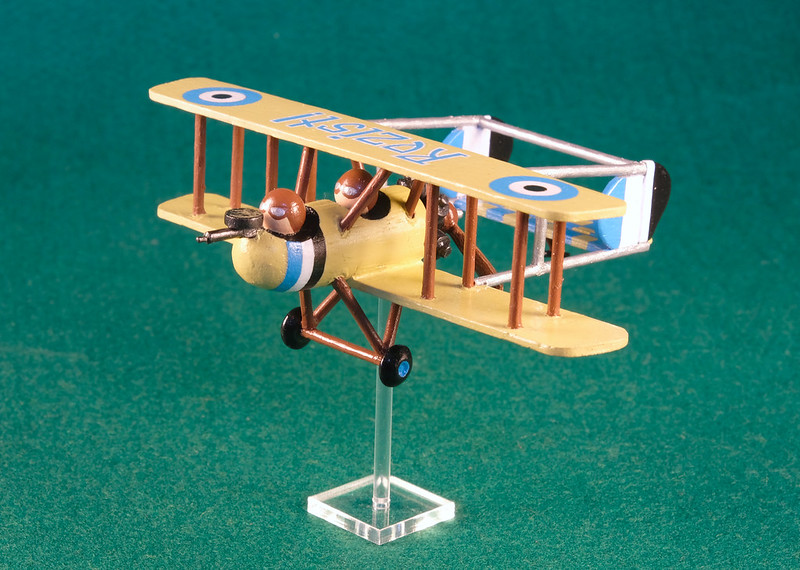 |
| Light bomber and reconnaissance machine of the revolutionary coalition. |
were in ferment due to their dissatisfaction with the ruling elite and their military support for the Northern Alliance. The cost of that affiliation for the ordinary populous was great, particularly on the agrarian working classes who were relied upon to fill the ranks of the army during the war.
Liberal dissatisfaction with minimal representation in a parliament that was still overwhelmingly dominated by the aristocracy was bolstered by a growing proletariat movement. What started as a demand for political reform quickly became an actively militant anti-monarchist and anti-government sedition.
With outside support, an armed resistance movement was formed to counter what was an increasingly draconian suppression by the Royalist Army. Rural areas quickly fell to various anti-government militias and regional regiments - who were largely made up of conscripts - and in 1920 descent turned into full-blown revolution.
This plane represents one of the handful of aircraft the revolutionary coalition managed to put into the air in support of its military campaign. What aircraft the rebels had were largely obsolete models left over from the Great War and were no match for the more up-to-date machines of the Royalist Air Force."
Model information: This is the second of my 'peg' aircraft models. In this case, the peg - or part of the peg - forms the main fuselage, with the other wooden parts made up from cocktail sticks, lolly sticks (popsicle sticks for our colonial cousins), wooden beads and tongue depressors (of all things)!


wow, really nice!
ReplyDelete